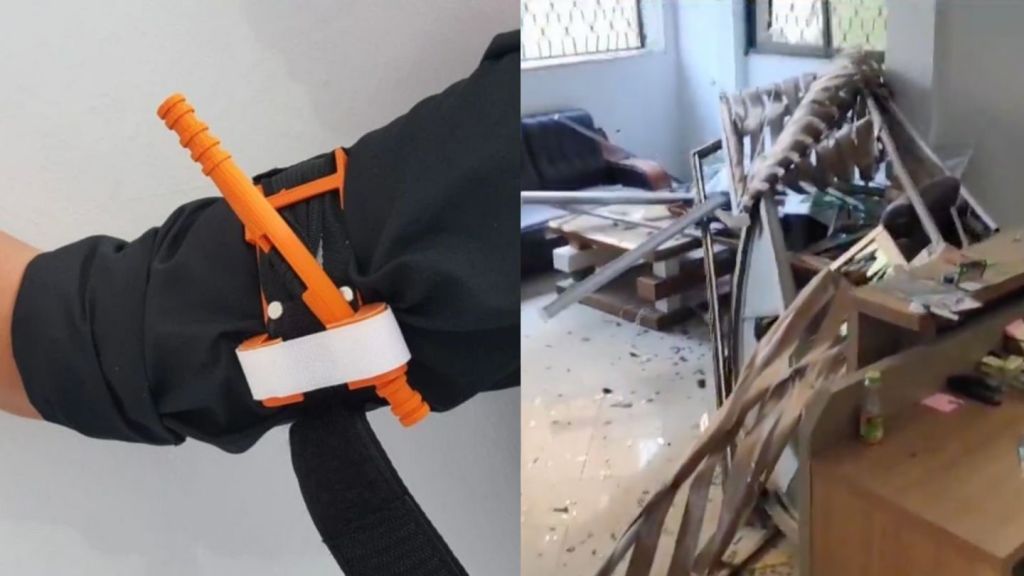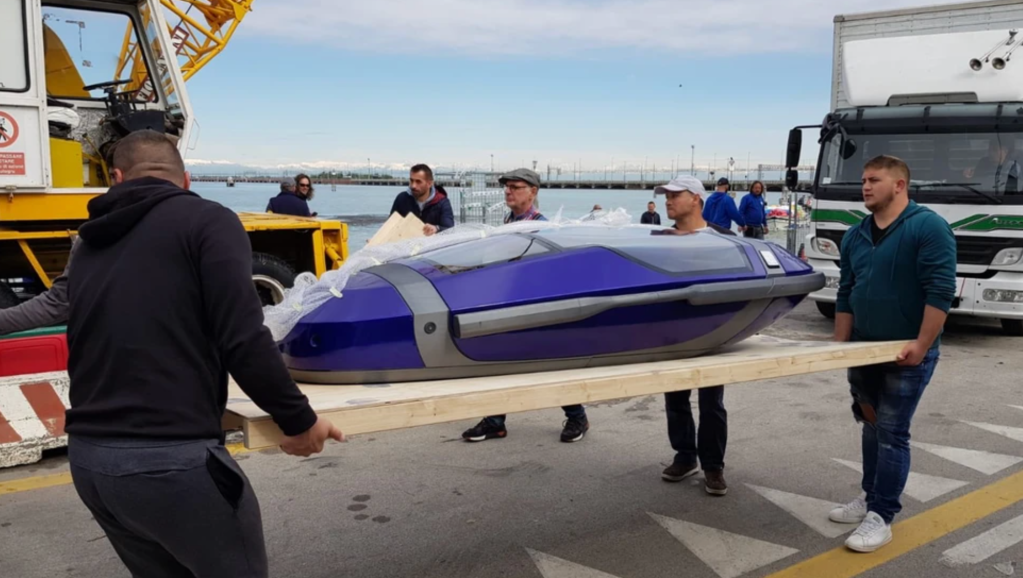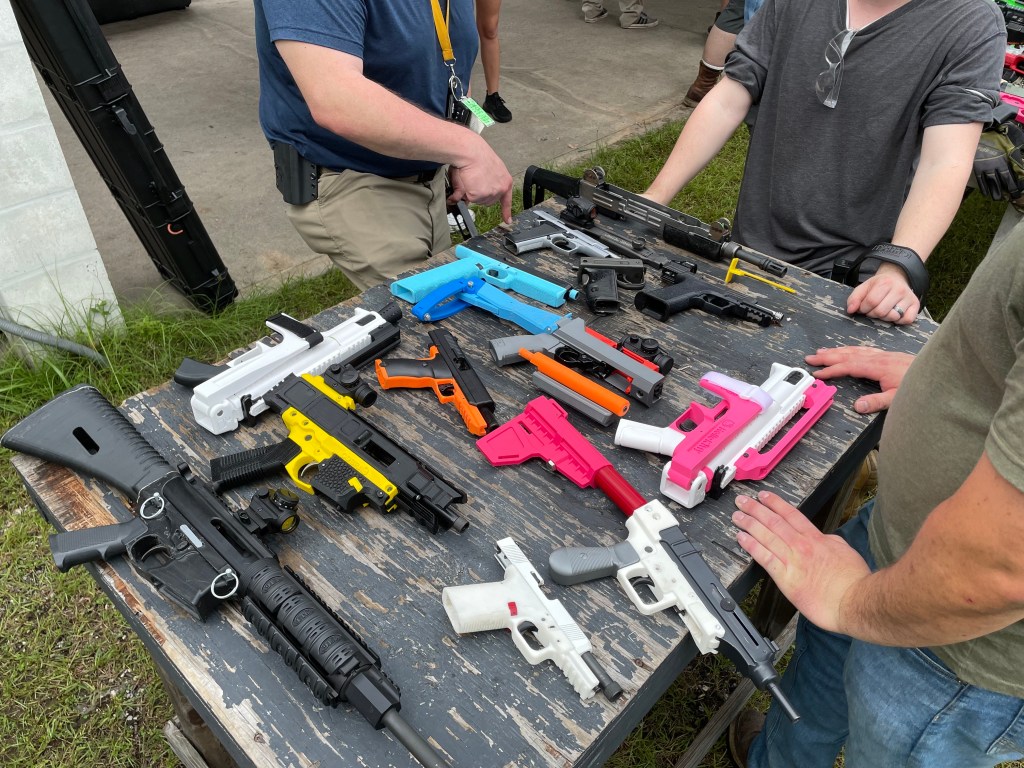A group of hackers and surgeons making open-source, 3D-printed medical equipment in Gaza are facing obstacles to saving lives as Israel continues a bombing campaign that has killed many civilians in retaliation for attacks by Hamas that killed over 1,000 Israelis including children over the weekend.
Tarek Loubani, a Palestinian-Canadian emergency room doctor, helped pioneer the use of 3D-printed medical devices like stethoscopes and tourniquets in Gaza. He runs the Glia Project, which uses technology to save lives in a region where medical supplies are scarce because of Israel’s blockade. Loubani, who spoke to Motherboard from Canada, said the project is facing extraordinary difficulties, including damage to one of its offices from a bomb that has disrupted its ability to supply medical equipment on Wednesday.
Videos by VICE
On October 7, Hamas fighters from Gaza attacked Israel, reportedly killing more than 1,200 people and wounding 2,800 more in what Senator Bernie Sanders called a “terrorist assault.” In response, Israel declared war on Hamas and began bombing the Gaza Strip in what officials called a “complete siege.” Gaza is a densely populated territory that houses over two million Palestinians and has been occupied by Israel since 1967 and was described as an “open-air prison” by UN officials. According to Gaza’s health ministry, at least 1,417 people have died in the bombings, roughly half of which were women and children.
People injured in the kinds of bombing campaigns that Gaza frequently experiences need immediate medical care to survive. One of the fastest ways to save lives is to use a tourniquet. In the months before the bombing, Glia was able to distribute hundreds of the 3D-printed tourniquets. Loubani said it distributed 400 tourniquets on July 20, another 500 in mid-September, and 275 this week.
“The load [of bombings] is almost completely borne, in these sorts of events, by the civilian population,” Loubani said.
On Thursday, the Israeli Air Force announced it had dropped 6,000 bombs on Gaza in the six days since Hamas’ attack.
“[Tourniquets] will treat serious injuries in a way that can prevent death,” Loubani told Motherboard. “People in these types of situations, especially ground invasions, but even during bombings, they experience injuries that kill them in a way that’s preventable. If you have a piece of shrapnel cut through your leg, which happens a lot, then those people would not be able to survive unless you cut off the circulation, which is what the tourniquet is for.”
Tourniquets are hard to get in Gaza. According to Loubani, in Canada and the U.S. there’s a presumption that medical personnel have immediate access to a tourniquet in an emergency. “In Gaza, even for paramedics, you can’t presume that they have a tourniquet,” he said. “So we teach everybody how to make improvised tourniquets as well.” To increase the supply of these life-saving devices, Loubani and Glia turned to 3D-printing equipment locally.
“Nobody would choose to 3D-print anything on a mass scale,” he said. “It’s just the stupidest way to do it. Our first move was purchase and import, and it’s just impossible.”
Loubani said that a hospital near the Glia Project’s offices was hit in the bombing campaign, causing damage that hinders their ability to manufacture medical equipment. “It’s going to be very hard to use that space,” he said. “Especially to make medical devices where you have expectations for sanitation and lack of glass shards in medical devices. We’ve been working on cleaning it up, but that meant pausing the project and redirecting our efforts.”
This isn’t the first time that Glia’s facilities have been wrecked by bombs falling on Gaza. Israel previously bombed a university building containing a 3D-printing facility affiliated with the Glia Project in 2021.
The Glia Project is also working to repair old medical devices like X-Ray machines to help treat injured people. Loubani said that Glia uses sites like iFixit to find medical devices with the highest possible repairability scores and obtain repair manuals.
“Keeping medical devices working is important no matter where you are in the world. There are many situations where hospitals become disconnected from formal support networks and need to fend for themselves,” iFixit told Motherboard in a statement. “iFixit’s medical equipment service manual database is free and open for anyone to use. It has the information that biomedical technicians need to keep infant incubators functioning and ventilators pumping. Like many medical organizations around the world, Glia is utilizing the public resources that we’ve made available to serve their community.”
But right now, Loubani said, tourniquets are in highest demand. “People who have appropriately placed tourniquets need less blood, need less surgeries, need fewer antibiotics,” he said.




